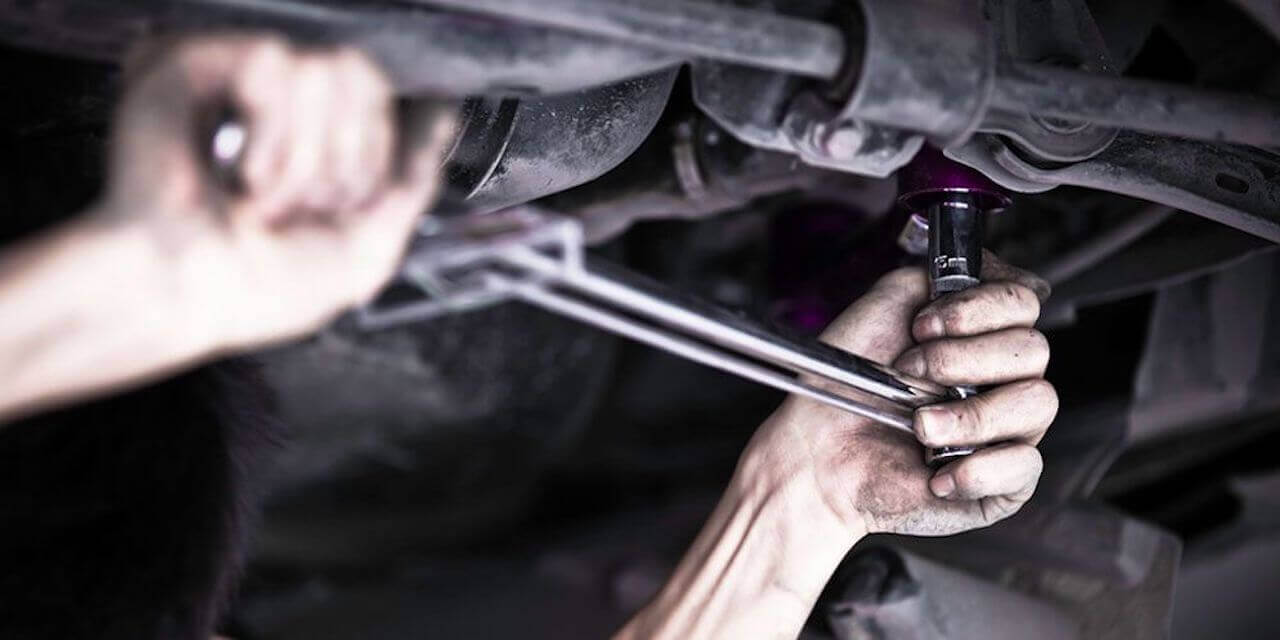BG&S Transmissions is your home for auto repair in Grand Island, NE. Drivers from Kearney, NE, Columbus, NE, and nearby areas bring their cars, trucks, and SUVs to our shop because they trust our mechanics to offer professional auto service, towing, and fleet services at an affordable price. Our expert mechanics specialize in transmission repair, replacement, and upgrade (we're a Level One Certified Road Ripper™ Transmissions Dealer), but are also trained to perform various additional automotive repair services, including 4WD system repairs, brake repairs, and differential repairs. Our automotive technicians understand the importance of reliable transportation. Your safety and your vehicle's health are our top priorities at BG&S Transmissions. To keep you safe and your vehicle reliable, we offer one-day service and work hard to complete any repair within the timeline you request. Whether you need it the next day or within a week, we'll work with you to get it done. Are you looking for an auto repair shop you can trust? Visit BG&S Transmissions, where we treat your vehicle as if it were our own.
You can count on our skilled mechanics for axle, cv joint, and driveshaft repairs, brake service, differential repairs, 4WD and transfer case repairs, automatic and manual transmission repairs, clutch replacement, transmission replacement, and more.
We also provide free towing with repairs within 100 miles of our shop.
For more information about our auto repair shop in Grand Island, NE, or to request towing service, call (308) 382-2727, contact us online, or visit during business hours. Need auto repair ASAP? Schedule your service today. We proudly serve drivers in Grand Island, NE, Kearney, NE, Columbus, NE, and nearby communities with the best automotive, transmission, towing, and customer service.
Available Services
F.A.Q.
How do I check the transmission fluid level?
Always check the fluid level with the engine running (except Honda), the transmission in "park" (except Dodge products which should be in neutral with the emergency brake applied), and with the engine at operating temperature. Remove the dipstick and wipe with a rag. Insert the stick fully and remove. Look at both sides of the stick to verify the same indication. Repeat the process. The reason to check both sides of the dipstick is that after the fluid circulates through the transmission, it dumps back into the pan area and will cause an agitation of the fluid. This creates an uneven level and some fluid will "slosh" onto the stick and give a false reading. Some transmissions are worse than others.
Note: If you check the fluid level after the engine has been off for a long time, fluid from the torque converter will drain back into the pan area where the level is measured and give you a false high reading. When the engine is started, the fluid in the pan area is used to fully charge the transmission and torque converter. Also, the difference of fluid temperature will affect the measurement. The fluid volume expands when heated to operating temperature. Another method of checking the fluid is to turn off the engine and immediately check the level. This will stop the agitation and give an accurate level (no agitation) before the fluid in the torque converter has had a chance to drain back into the pan area which would give a false-high reading.
How long does it take to do a transmission service?
Typically most cars take approximately one and a half hours to perform standard services like a Transmission Flush or Transmission Fluid Change.
How often should I get a transmission fluid change?
Every vehicle is different, so check your owner's manual or call us. Many newer vehicles state "lifetime no service". We usually recommend every 30k-60k, although some manufacturers recommend 100k or lifetime. If your truck or SUV is older or used for towing, it may be required more frequently. To determine if a fluid change is needed, we recommend our External Diagnostic Service.
How often should you get your transmission flushed?
Every vehicle is different, so check your owner's manual or call us. Many newer vehicles state "lifetime no service". We usually recommend every 30k-60k, although some manufacturers recommend 100k or lifetime. If your truck or SUV is older or used for towing, it may be required more frequently. To determine if a fluid change is needed, we recommend our External Diagnostic Service.
What is the difference between a transmission service and a transmission flush?
When doing a transmission service, we change the transmission fluid and filter in the pan, which consists of half of the transmission fluid. When doing a transmission flush, we use a power flushing machine that does a complete fluid transfer. This way, the old transmission fluid is not mixed with the new transmission fluid.
What type of transmission fluid should I use in my car?
Different transmissions require different types of transmission fluid. Our shop offers several quality transmission fluid brands. We recommend changing your fluid as a part of our Safeguard Service. Consult us or your vehicle's owner's manual about your car.


